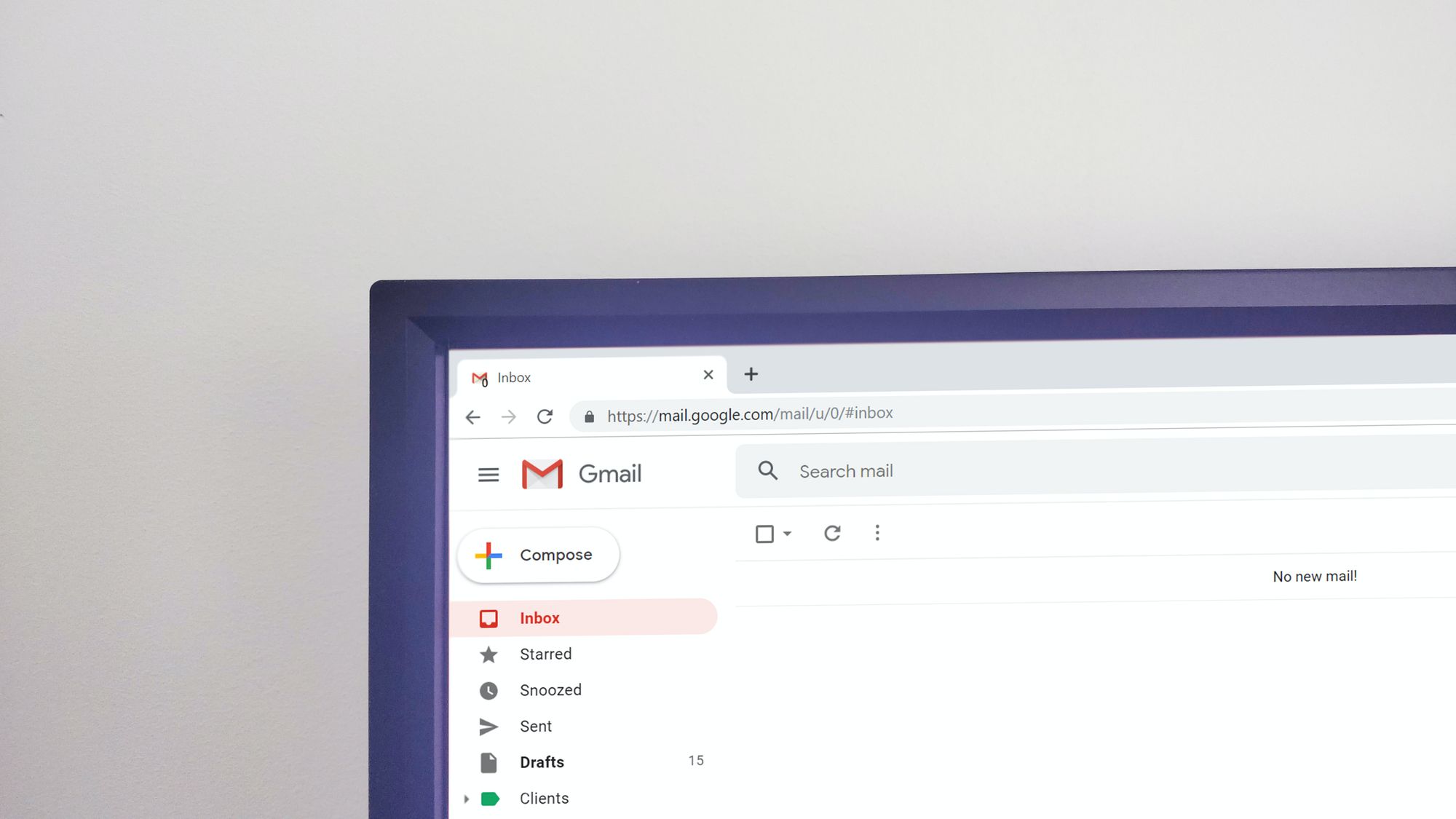Email communication has become an integral part of our personal and professional lives. Whether it's a crucial business proposal or a heartfelt message to a loved one, we rely on email to deliver our messages promptly and reliably. However, the process of email delivery involves several intricate steps, and understanding how emails reach their intended recipients is crucial for successful communication. In this article, we will delve into the journey of an email from sender to recipient, explore the factors that impact delivery, provide best practices for improving deliverability, and answer commonly asked questions about email delivery.
The Journey of an Email: From Sender to Recipient

a. Sender's Mail Server: When you send an email, it goes through your email client or mail server, which acts as the starting point of the delivery process. Your mail server processes the email, adds necessary headers, and prepares it for transmission.
b. DNS Resolution: The mail server performs a Domain Name System (DNS) lookup to find the recipient's mail server. DNS translates the recipient's domain name (e.g., example.com) into an IP address, allowing communication between mail servers.
c. SMTP Handshake: The sender's mail server initiates a Simple Mail Transfer Protocol (SMTP) handshake with the recipient's mail server. This process involves establishing a connection, verifying identities, and negotiating the terms of email transmission.
d. Email Transmission: Once the SMTP handshake is complete, the sender's mail server transfers the email to the recipient's mail server. The email is then stored in the recipient's mailbox, ready for retrieval.
e. Recipient's Mailbox: The recipient's email client or webmail service retrieves the email from the mailbox and presents it to the recipient for viewing.

Factors Affecting Email Delivery

a. Sender Reputation: The reputation of the sender's domain and IP address plays a significant role in email delivery. Factors such as sending history, engagement rates, and spam complaint rates contribute to the overall sender reputation.
b. Content and Structure: The content and structure of an email impact deliverability. Emails with excessive use of images, spam-triggering words, or suspicious attachments may be flagged as spam by filters, affecting their delivery.
c. Authentication: Email authentication protocols, such as SPF, DKIM, and DMARC, verify the authenticity of the sender and the integrity of the email. Properly implementing these protocols enhances deliverability and helps establish trust with receiving mail servers.
d. Spam Filters: Mail servers employ sophisticated spam filters to protect users from unsolicited or malicious emails. These filters analyze various factors, including email content, sender reputation, and authentication, to determine whether an email should be delivered to the inbox or filtered as spam.
e. Recipient Engagement: The recipient's engagement with emails, such as opens, clicks, and replies, influences deliverability. Higher engagement rates indicate a positive sender-receiver relationship and can positively impact future email delivery.
Best Practices for Improving Email Deliverability

a. Maintain a Good Sender Reputation: Focus on sending relevant and valuable content to engaged recipients. Monitor your sender reputation, manage spam complaints, and adhere to industry best practices to maintain a positive reputation.
b. Authenticate Your Emails: Implement SPF, DKIM, and DMARC to authenticate your emails and increase their trustworthiness. Authentication helps prevent email spoofing and improves deliverability rates.
c. Optimize Email Content: Craft compelling and relevant email content that resonates with your recipients. Avoid spam-triggering words, use clear subject lines, and balance text and images to optimize deliverability.
d. Monitor Email Engagement Metrics: Regularly analyze email engagement metrics, such as open rates and click-through rates, to gain insights into recipient behavior. Use this data to refine your email strategy and improve deliverability.
e. Comply with Email Regulations: Familiarize yourself with email regulations, such as CAN-SPAM (in the U.S.) or GDPR (in the EU), and ensure compliance with their requirements. Respect unsubscribe requests and include necessary information in your emails to maintain legal and ethical practices.
Frequently Asked Questions:
Q1. Why did my email not reach the recipient's inbox?
A1. Several factors can prevent an email from reaching the recipient's inbox, including a poor sender reputation, content triggering spam filters, authentication issues, or recipient engagement. By following best practices and monitoring email metrics, you can improve email deliverability.
Q2. How can I improve email delivery rates?
A2. To improve email delivery rates, focus on maintaining a good sender reputation, authenticating your emails, optimizing email content, monitoring engagement metrics, and complying with email regulations. These practices help enhance deliverability and engagement with your recipients.
Q3. Why do some emails go to the spam folder?
A3. Emails may go to the spam folder due to various reasons, such as poor sender reputation, content triggering spam filters, lack of authentication, or non-compliance with email regulations. By following best practices and avoiding common pitfalls, you can reduce the likelihood of your emails being marked as spam.
Q4. How can I check if my emails are reaching the recipient's inbox?
A4. Monitoring email engagement metrics, such as open rates and click-through rates, provides insights into the deliverability of your emails. Additionally, you can leverage email testing tools and services to perform comprehensive tests and monitor inbox placement.
Q5. What should I do if my emails consistently go to the spam folder?
A5. If your emails consistently go to the spam folder, review your sender reputation, authenticate your emails, optimize content, and ensure compliance with email regulations. Consider reaching out to email service providers for guidance and utilize email deliverability testing tools to identify and address potential issues.
In conclusion, understanding the journey of an email from sender to recipient is essential for improving email delivery rates and ensuring successful communication. By considering factors that affect email delivery, implementing best practices, and monitoring engagement metrics, you can optimize your email deliverability and enhance recipient engagement. Remember to maintain a good sender reputation, authenticate your emails, optimize content, and comply with email regulations to maximize the effectiveness of your email campaigns. With a strategic approach to email delivery, you can achieve better results and build stronger connections with your audience.

